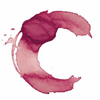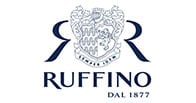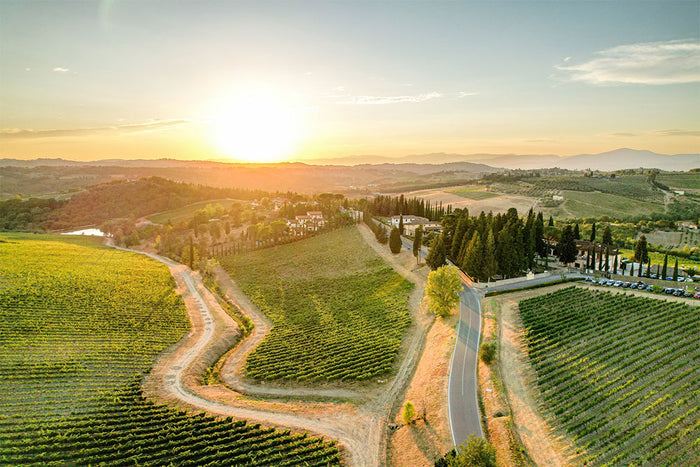Details

Perfume

Color

Taste
Serve at:
14 -16 °C.
Longevity:
05 - 10 years
Decanting time:
1 hour

Pairings
- Start up year: 1877
- Oenologist: Gabriele Tacconi
- Bottles produced: 26.000.000
- Hectares: 600
The company produces and sells more than thirty million bottles across forty labels, most of which come from Tuscany’s historic denominations such as Chianti, Chianti Classico and Brunello di Montalcino, in addition to the production of Prosecco and Pinot Grigio in Veneto.
Ruffino grows grapes in over 600 hectares of vineyards across eight estates: six in Tuscany – Poggio Casciano, Montemasso, Santedame, Gretole, La Solatia and Greppone Mazzi – two in Veneto: Cà del Duca and La Duchessa.
Ruffino was established in Pontassieve in 1877, near Florence. The main headquarters is still located on the same premises, which have been extended, modernized and equipped with innovative technology over the years, without ever losing sight of the company’s history and attachment to the local area.
The value produced by the Ruffino Group in 2019 exceeded 130 million euro.
The export revenue is significant: Ruffino is distributed worldwide due to a structured and well-developed commercial network.
Since 2011, the company has been part of Constellation Brands, an American market leader in the beer, wine & spirits sector. Read more


| Name | Ruffino Rosso di Montepulciano Lodola Nuova 2023 |
|---|---|
| Type | Red still |
| Denomination | Rosso di Montepulciano DOC |
| Vintage | 2023 |
| Size | 0,75 l |
| Alcohol content | 13.5% by volume |
| Grape varieties | Sangiovese Grosso |
| Country | Italy |
| Region | Tuscany |
| Vendor | Ruffino |
| Origin | Vineyards of the Lodola Nuova estate |
| Climate | Altitude: 300-320 m. a.s.l. is characterised by considerable temperature fluctuations between day and night. |
| Soil composition | Clayey, calcareous, deep and poor in skeleton. |
| Cultivation system | Spurred cordon |
| Harvest | The grapes were harvested between mid-September and mid-October. |
| Fermentation temperature | 26-28 °C |
| Wine making | Alcoholic fermentation, aided by racking and punching down, lasted for 10 days in stainless steel tanks at a controlled temperature of 26/28°C. The post-fermentation maceration on the skins continued for another 4 days. |
| Aging | Following racking, malolactic fermentation took place, and the wine was then aged in steel. |
| Allergens | Contains sulphites |




